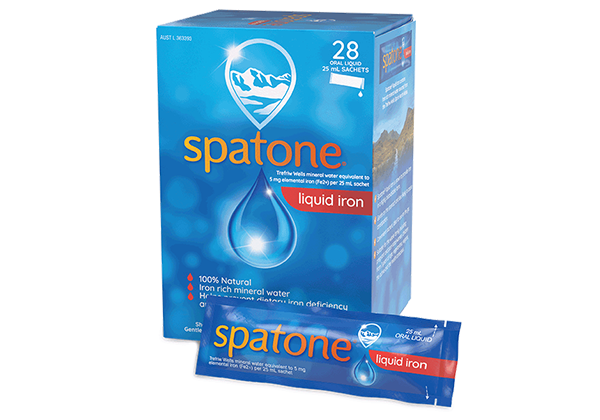
Every Body Needs Iron
Juno Laboratories is the exclusive distributor for Spatone® in Australia.
Please contact us at 68 Bond St West, Mordialloc, Victoria, 3195 - tel: +61 3 9587 8514
Spatone - The only naturally-occurring iron

What you need to know about Spatone®
Iron is a vital mineral for the body, however the body doesn’t produce iron on its own. Spatone® liquid iron is an easy-to-take, iron-rich mineral water which helps prevent dietary iron deficiency. The only naturally-occurring iron supplement, Spatone® is sourced from Snowdonia in North Wales and helps release energy and support a healthy immune system. Available as natural iron-rich mineral water (nothing else added!) or with added apple juice concentrate for a delicious Apple flavour.

![]()

Spatone® Original
A naturally occurring, iron-rich water from the mountains of Snowdonia, Wales – nothing else added!
Spatone® Apple
A naturally occurring, iron-rich water with added Vitamin C and delicious apple flavour.
Role of Iron in the Body
Iron is an essential mineral and is vital for many complex processes and functions.
Iron Supplements
What type of iron supplements are there?
Iron and Pregnancy
Like all nutrients, iron plays a vital role during pregnancy.
The latest articles
Follow us
Iron contributes to normal energy-yielding metabolism. 2 Iron contributes to the normal function of the immune system.
Vitamins and minerals can only be of assistance if dietary intake is inadequate.
If you are pregnant or breastfeeding please consult your healthcare practitioner before taking Spatone.
















